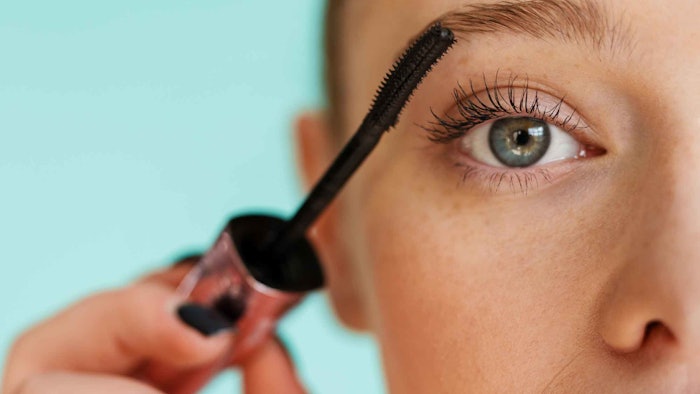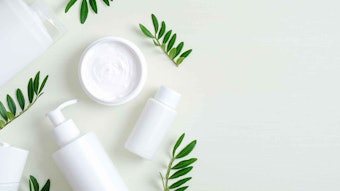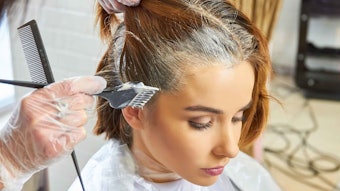
Newshub reports New Zealand has become one of the first countries to prohibit the use of per- and polyfluoroalkyl substances (PFAS), also known as forever chemicals, in cosmetics. The country's Environmental Protection Agency (EPA) made the announcement on Jan. 30, 2024; the ban will go into effect on Dec. 31, 2026.
See archived: ECHA Updates - 8 Chemicals for REACH Authorization and Call for PFAS Proposals
EPA's hazardous substances reassessments manager, Shaun Presow, Ph.D., explained, "International research suggests PFAS are only found in a small number of products but we take a precautionary approach to potential risks from PFAS." Presow added that banning these chemicals in cosmetics is part of an ongoing response that includes phasing out all PFAS-firefighting foams and testing for background levels of PFAS in the New Zealand environment.
Per 1 News, Presow also noted the decision on PFAS is one of many updates made to the Cosmetic Products Group Standard to ensure cosmetic products are safe and the rules better align with international developments. Indeed, 26 updates to the Cosmetic Products Group Standard in New Zealand were proposed (see "Key Matters" on Page 11 of the EPA's report) that will align schedules 4-8 with developments in Europe and change the scope of the group standard.
Some specific proposed updates include:
- Updating obligations for fragrance materials under the International Fragrance Association (IFRA) to the 50th amendment or a later version of the IFRA Standards;
- Including an additional clause to condition 6 of Schedule 1 requiring importers and manufacturers to keep a record of the presence of nanomaterials, with that record available to the EPA upon request;
- Removing specific reference to fragrance allergen label exemptions from condition 1(6) of Schedule 4;
- Adding lines 1373–1694 to Schedule 4, Table 1, for components cosmetic products must not contain;
- Adding line 126a for carbon black (nano) to Schedule 6, Table 1, for the list of coloring agents allowed for use in cosmetic products;
- Add lines 12a, 59, and 60 to Schedule 7, Table 1 for list of permitted preservatives in cosmetic products; and
- Add lines 23a, 27a, and 29–32 to Schedule 7, Table 1 for list of permitted UV filters in cosmetic products, among others.
A PDF of the final changes to the Group Standard is available on the EPA website.


!['The most polluting industries, pharmaceuticals and cosmetics, will be required to pay at least [80%] of the cost for micropollutant removal...'](https://img.cosmeticsandtoiletries.com/files/base/allured/all/image/2024/01/scientist_water_monitor_sample_pollutionAdobeStock_297782139.65ba74e958d97.png?auto=format%2Ccompress&fit=crop&h=191&q=70&rect=0%2C151%2C2179%2C1227&w=340)





!['I think the biggest game-changer about [MoCRA's] ... requirement for GMPs is how it changes what it means to be adulterated,' Brandi Reinbold, senior manager of global certification for NSF International, said in this sponsored videocast. Register now to watch and learn more. It's free.](https://img.cosmeticsandtoiletries.com/files/base/allured/all/image/2023/11/NSF_Intl_Thumbnail.6554efdc29816.png?auto=format%2Ccompress&fit=crop&h=191&q=70&rect=275%2C70%2C1328%2C748&w=340)

